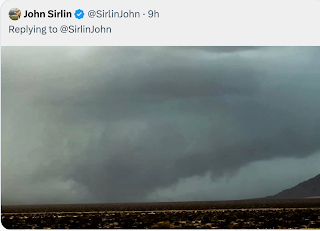The Return of Father Emil Kapaun to Wichita
Deep in the day on November 2, the group was captured by the Communists. Seeing a wounded soldier about to be shot by a North Korean, Father Kapaun rushed over, pushed the gun aside, and picked up the wounded GI, Sergeant Herbert Miller. In disbelief at the chaplain’s bravery, the North Korean let the two live. After a few days, Father Kapaun and the other prisoners of war were marched between 60-100 miles to a prison camp at Pyoktong. Many had difficulty walking because of frostbitten feet and battle wounds. Those who tarried were often left for dead or shot, but Father Kapaun went along the line encouraging the soldiers to help carry those who couldn’t walk on their own, all the while doing his own part to carry the wounded. Because of his example, many soldiers lived who would have otherwise died.
Once at the prison site, the officers were separated from the enlisted men and were kept in huts located on a hill above the rest of the camp. During the next seven months this modest priest from Pilsen became the saintly hero of Prison Camp No. 5. Even though he himself was forced to undergo the same daily sufferings as the other prisoners - and often was treated far worse - Father Kapaun selflessly dedicated himself to serving both the spiritual and physical needs of the other men in the camp.
Long before the normal day began, Father Kapaun was up at 5:30 a.m., even in the -20 °F temperatures of winter, gathering sticks for fires. These he would use to melt snow into clean water for the men to drink. Using a talent he had perfected on the farm, he fashioned vessels out of old iron sheeting so he could have containers to launder the clothing of the sick and wounded and have a place to store purified water. Father Kapaun would slip out of the camp to scrounge for corn, salt, millet, and soybeans for the starving POWs, praying to St. Dismas, the Good Thief, before every one of these missions. He would travel around to the huts of the other prisoners to give aid to the sick and wounded, pick lice off of men, wash the clothes of the weak, incontinent POWs, and even bathe those too ill to do so themselves. When men died, he often volunteered for the burial duty so he could say a few quick prayers over their grave.





Comments
Post a Comment